NICABM – Overcoming Insecurity and Self-Doubt
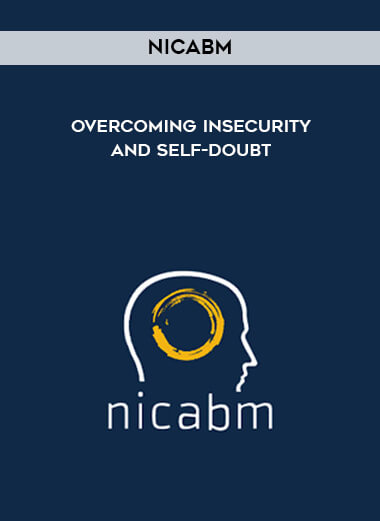
Arichive : NICABM – Overcoming Insecurity and Self-Doubt
NICABM – Overcoming Insecurity and Self-Doubt
3 MP4, 3 MP3, 3PDF
When life becomes too painful, our patients often shrink, hide, and adopt strategies that they hope will minimize suffering.
They search for temporary relief in ways they might not even recognize:
- Over-accommodating others
- Avoiding risks
- Judging themselvesWe know that insecurity and self-doubt stop our patients from living fully.Fear keeps them from speaking their truth. They settle for temporary comforts that block them from becoming who they could be.But mindfulness opens them to new possibilities so they can move forward with courage and confidence.
It’s the key to creating the courageous self.
The Power of a Fearless HeartImagine a practice that could address self-doubt and insecurity in a healthy way. Imagine creating space for your clients to make bolder, braver decisions.
That’s why we’re bringing you this short, focused course . . .
A Mindful Approach to Overcoming
Insecurity and Self-Doubt
A Five-Part Mini Course featuring Tara Brach, PhDPART 1 – How Mindfulness Awakens the Heart to True Security, Courage, and Aliveness
We’ll dive in with a presentation by Tara Brach, PhD and Ruth Buczynski, PhD. They will explore:
Arms Open SunsetOne Key Thing a Practitioner Must Do to Help Clients Return to Their True Self
How Mindfulness Can Help Us Minimize Reactivity in Our Lives
Why False Refuges Look So Enticing
Four Subtle False Refuges That Are Difficult to Recognize
The Sacred Art of Pausing
The Importance of Recognizing That Beliefs Are Real but Not True
Why Mindfulness is the Best Strategy for Coming Back to the SelfTara Brach is a psychologist and the author of True Refuge: Finding Peace and Freedom in Your Own Awakened Heart. She has also recorded numerous guided meditations and given presentations on integrating mindfulness with clinical treatment as the founder of the Insight Meditation Community of Washington, DC.
Overcoming insecurity and self-doubt can be a powerful first step toward helping clients live the life they want.
So we’ve layered this course with practical tools you can use to fully integrate Tara’s teaching into your work.
PART 2 – Synthesize Key Concepts So You Can Use Them Immediately
In the TalkBack Session, Joan Borysenko, PhD and Ron Siegel, PsyD join me to dig more deeply into Tara’s teaching. Our job is to make yours easier by streamlining the information and making sure each point is crystal clear. We’ll examine key ideas, clarify critical concepts, and break it all down so you can gain confidence in your understanding.
PART 3 – Discover Concrete Mindfulness Practices That Will Work with Your Patients
Then, with “next week” in mind, we’ll turn smart ideas into easy-to-use solutions. In Next Week in Your Practice, I team up with Chris Germer, PhD, and Elisha Goldstein, PhD, to give you 6 concrete strategies for using mindfulness practice in your life and work. We’ll show you how to translate Tara’s teaching into practices and exercises you (or your clients) can use right away.
PART 4 – Uncover Core Ideas and Techniques at-a-Glance So You Have a “Cheat Sheet” When You Need It Most
The QuickStart Guide will help you stay fresh and confident as you turn Tara’s insights into action. It’s an at-a-glance reference to the most powerful concepts and strategies for working with patients who have experienced trauma. We’ve gathered all the essential tools and methods into a concise, easy-to-use guide so you can quickly review and apply these ideas when you need them most.
PART 5 – Quickly Recall Crucial Details So You Can Apply Them with Confidence
Our Professional Transcript will help you reinforce key ideas so you can integrate them into your life and work. We’ve designed your transcript with an easy-to-use table of contents, clear, organized formatting, and helpful highlight quotes so you’ll have the information and exercises you need at your fingertips.

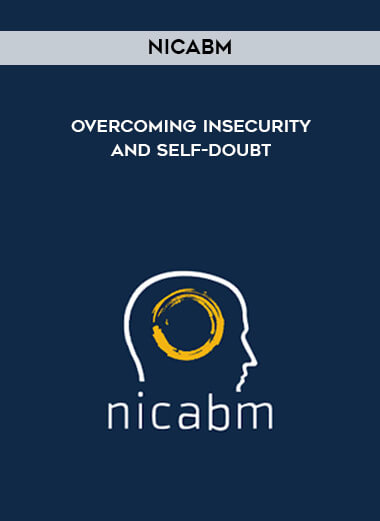
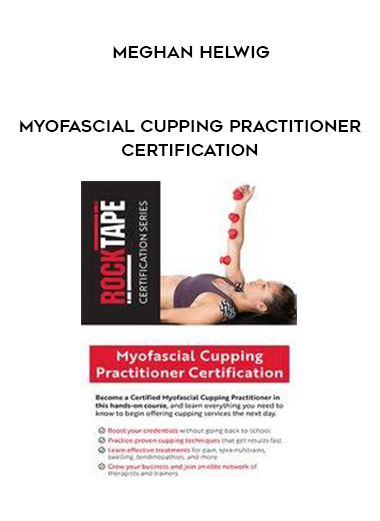
![[Audio Only] CC19 Workshop 15 - Advanced Relational Life Therapy (RLT) - Terry Real](https://intellschool.com/wp-content/uploads/2022/02/ajHcWg3pZEWoZ4CLN52R4A-200.jpg)

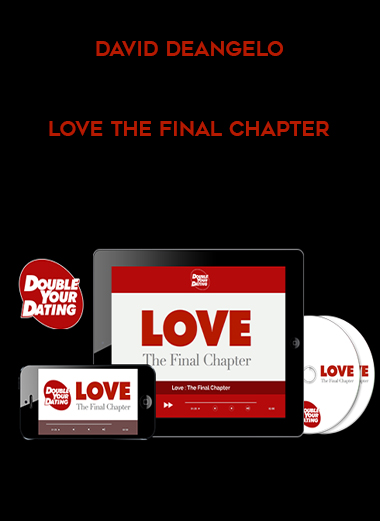

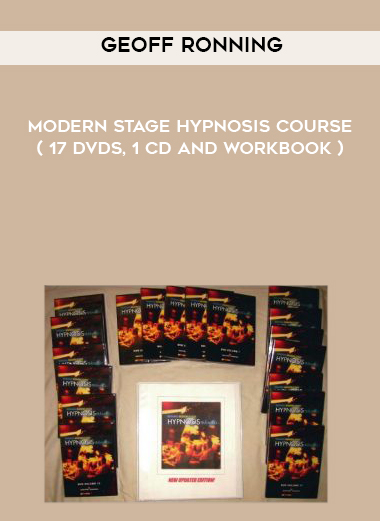
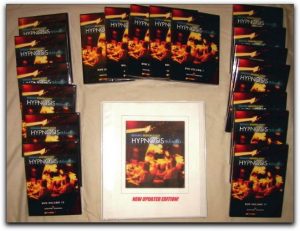
![Hmi – Hypnosis Motivation Institute – Advanced Hynotherapy Training Courses [ 48 MP4 ] digital download](https://intellschool.com/wp-content/uploads/2022/02/Hmi-–-Hypnosis-Motivation-Institute-–-Advanced-Hynotherapy-Training-Courses.jpg)
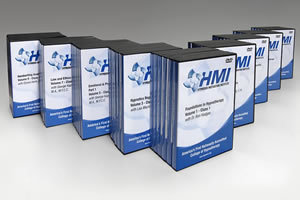
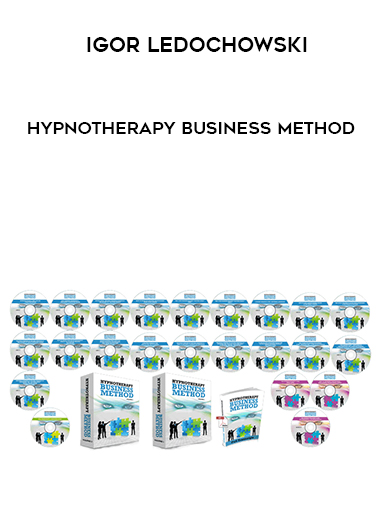
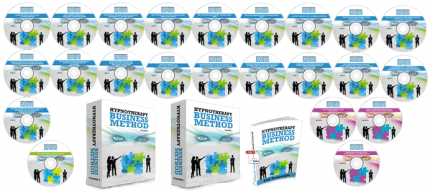
![Kali Dubois – Forbidden (Banned) Patterns Brainwashing for Submissive Advanced Mental Strategies [DVDRip – 6 MP4s x265] digital download](https://intellschool.com/wp-content/uploads/2022/02/Kali-Dubois-–-Forbidden-Banned-Patterns.jpg)
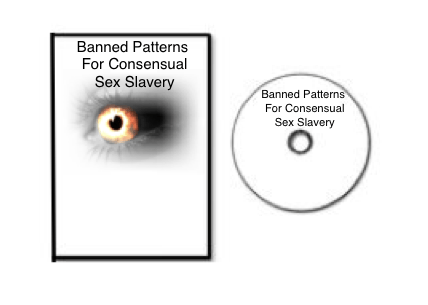
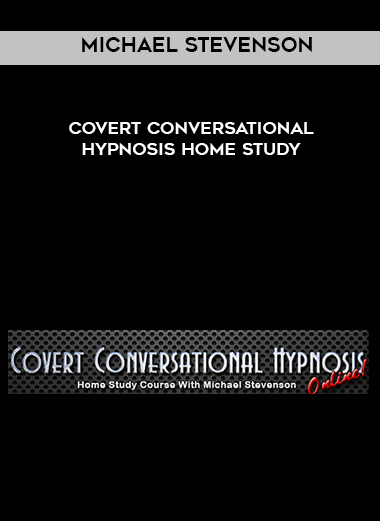

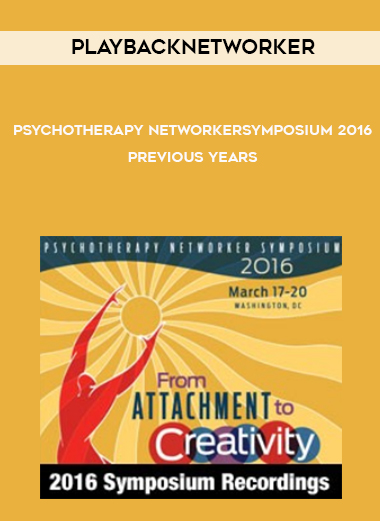













Reviews
There are no reviews yet.